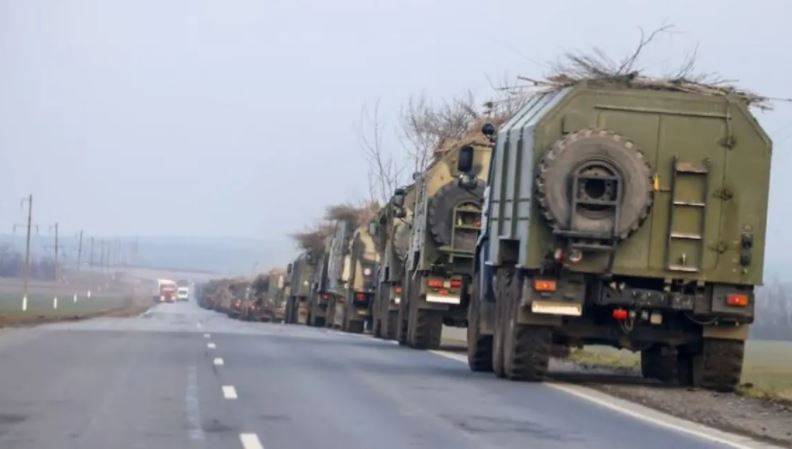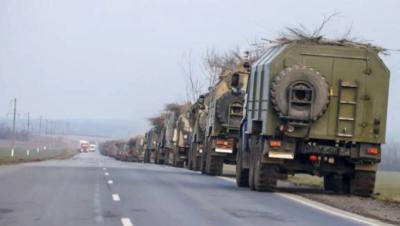It seems that Russian forces are indeed facing significant difficulties in Ukraine, as after 36 days into the military operation launched on the territory of its western neighbor, they have failed to control major cities in the country, as confirmed by various observers and Western officials. Meanwhile, Russians have rushed to camouflage their equipment using tree branches, straw, and even pieces of carpets to hide tanks and other armored vehicles. This has been viewed by several analysts as a lack of technological advancement and a sign that some military leaders are not prepared for combat. Camouflage, whether for individuals or equipment, is considered a fundamental aspect of warfare, even with technological advances such as drones, satellite imagery, and infrared technologies which have made hiding in modern battlefields more difficult. However, for some observers closely following the Russian-Ukrainian conflict, the Russian forces, despite their military superiority, have displayed a remarkable degree of amateurish behavior, according to the Washington Post.
In this context, Mike Jason, a retired U.S. Army armor officer who served in Iraq and Afghanistan, described the scene of a Russian soldier searching for cover among pine trees during battles as "a sign of desperation." He noted that the standard U.S. military tactical procedure in such situations is to cover entire vehicles with lightweight camouflage nets when they are not moving, even if only for short periods. He pointed out that some Russian units appeared to lack basic competence in using camouflage or simply did not have the proper equipment for it. Regarding the video circulating on social media showing Russian forces covering a vehicle with a carpet or other heavy fabric, Jason speculated that the intent could be to reduce or distort thermal signatures, which are used by anti-tank weapons such as U.S.-made Javelin missiles provided to Ukraine. He also indicated that this might make it difficult for Ukrainian artillery to differentiate between a Russian armored vehicle and a civilian car, although they may use binoculars to detect enemy activity in addition to thermal activity.
Camouflage nets and other fabrics can assist in camouflage and concealment by using foliage to cover vehicle profiles, which can provide crews with vital seconds to respond to engagements or attacks themselves. However, Jason stated that their use is limited in the age of drones and satellite imagery, making camouflage primarily an attempt to deceive the human eye. The Russians' apparent lack of modern camouflage nets is the latest example of what analysts describe as a series of tactical errors since the attack began late last month, reinforcing the prevailing belief in the United States and Europe that President Vladimir Putin and his top military leaders failed to anticipate the strong resistance their forces would face.
Additionally, many Western observers expressed their astonishment as Russian soldiers displayed a tendency to talk on unsecured radios and mobile phones, allowing enemy intelligence to intercept their communications. They also criticized Russian forces for failing to distribute enough fuel and food to soldiers at the front lines, driving some to abandon their vehicles and surrender in certain instances. For his part, Rob Lee, a Russian military expert and senior fellow at the Foreign Policy Research Institute, explained that the uneven use of camouflage in Ukraine may indicate a lack of readiness and guidance from leaders to their subordinates or may reflect their overconfidence from the beginning that this battle would be easy.
Moreover, it has become clear that commercial and small drones provided by Turkey to Ukrainians enable them to identify Russian units, which may lead some to resort to solutions such as equipping their vehicles with pieces of shrubbery or simply taking them off the road and hiding among trees. Meanwhile, analysts remarked that it is perplexing that Russian units are actually adept at camouflaging their vehicles, with evidence showing they have done so in previous military exercises. Recently, in 2018, Russian state media promoted advanced camouflage models for the army, claiming that they could blend in with the surrounding environment, which may be surprising. It is worth noting that despite more than a month of military operations between the two parties, Russian forces have been unable to control a major city in Ukraine, apart from noticeable advances in the Ukrainian counter-offensive.




